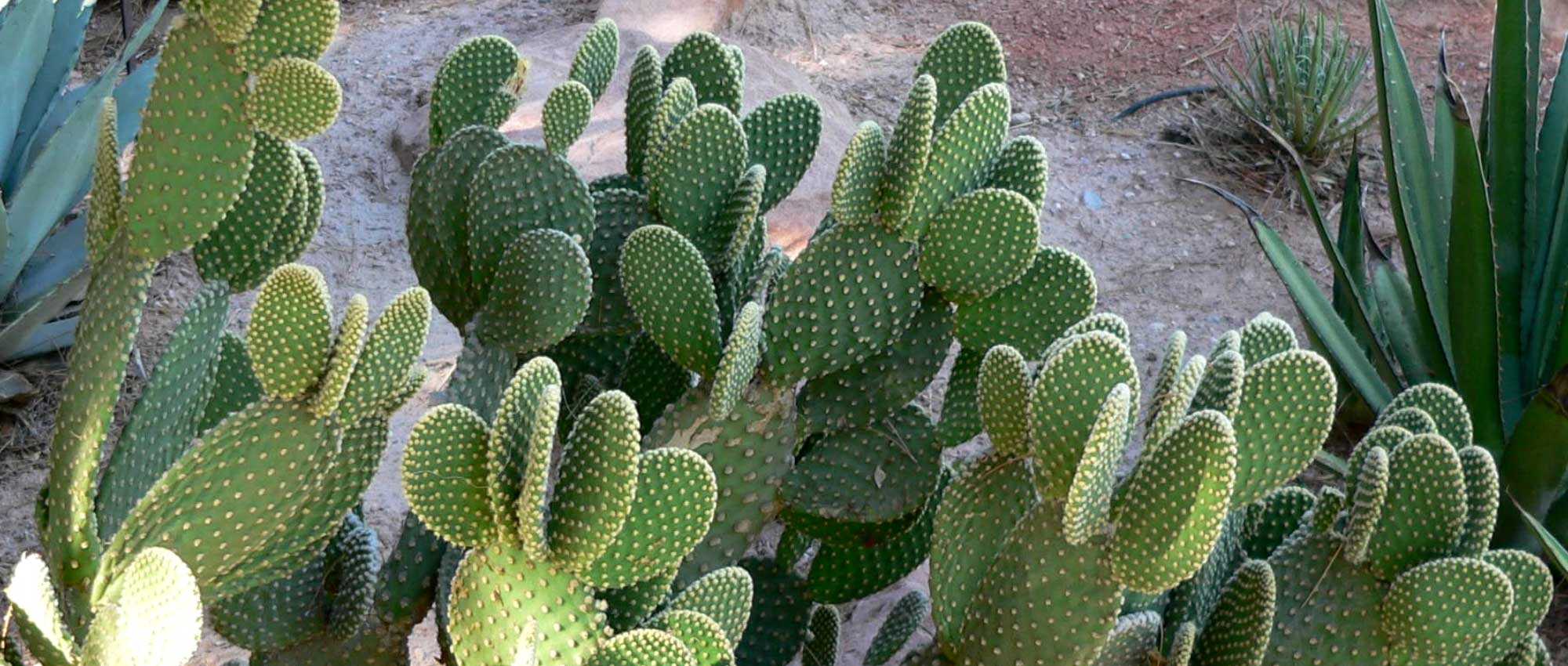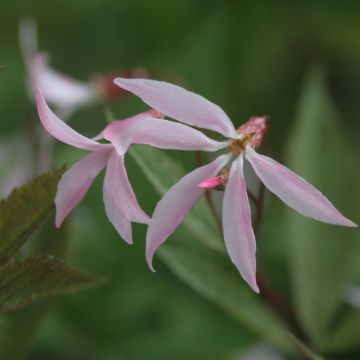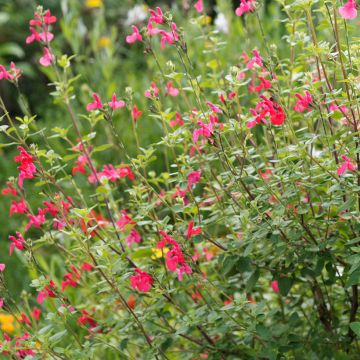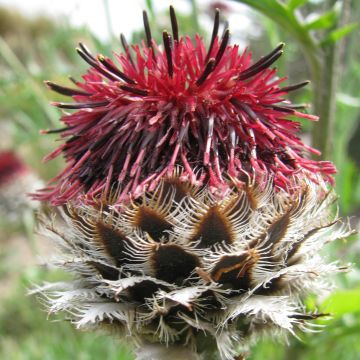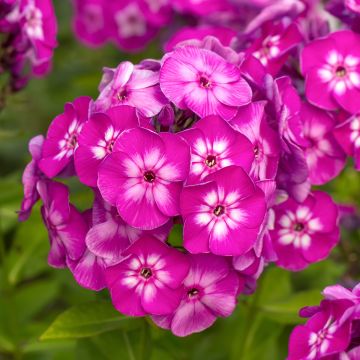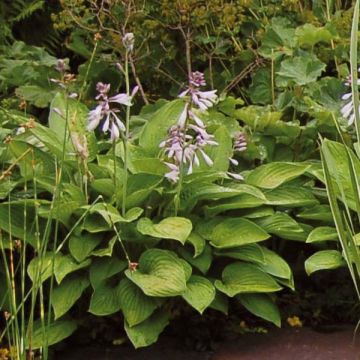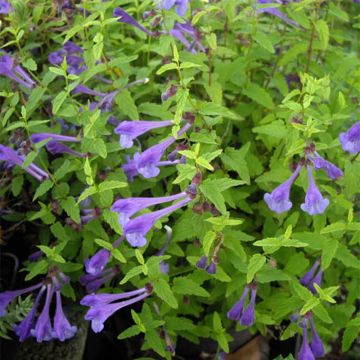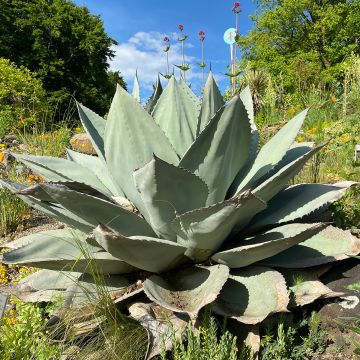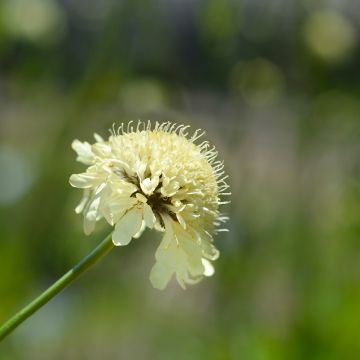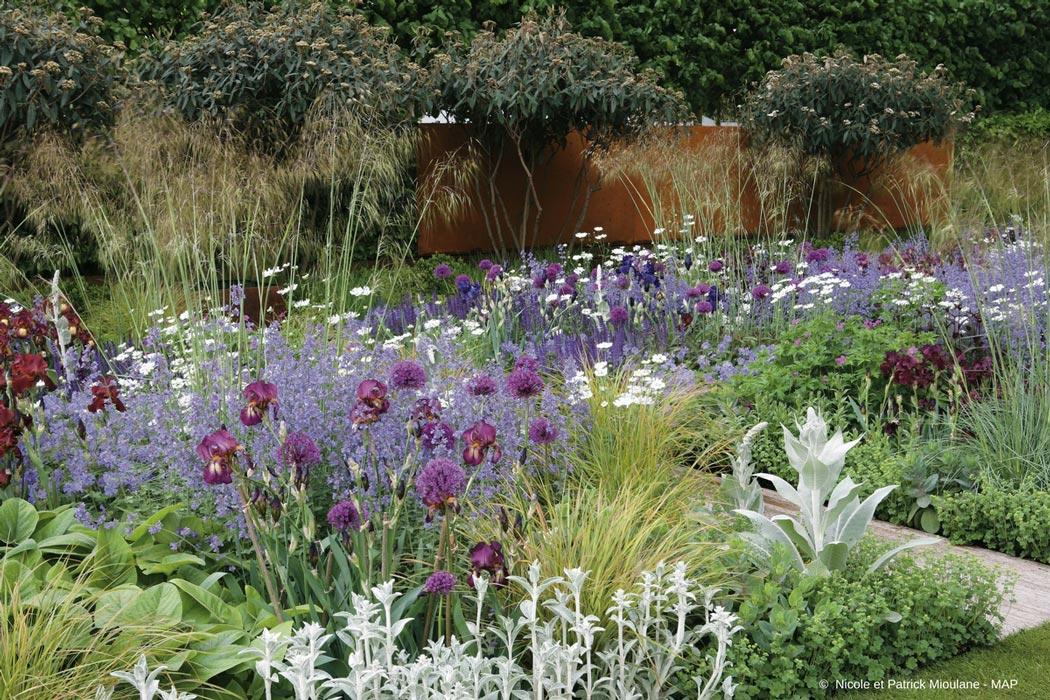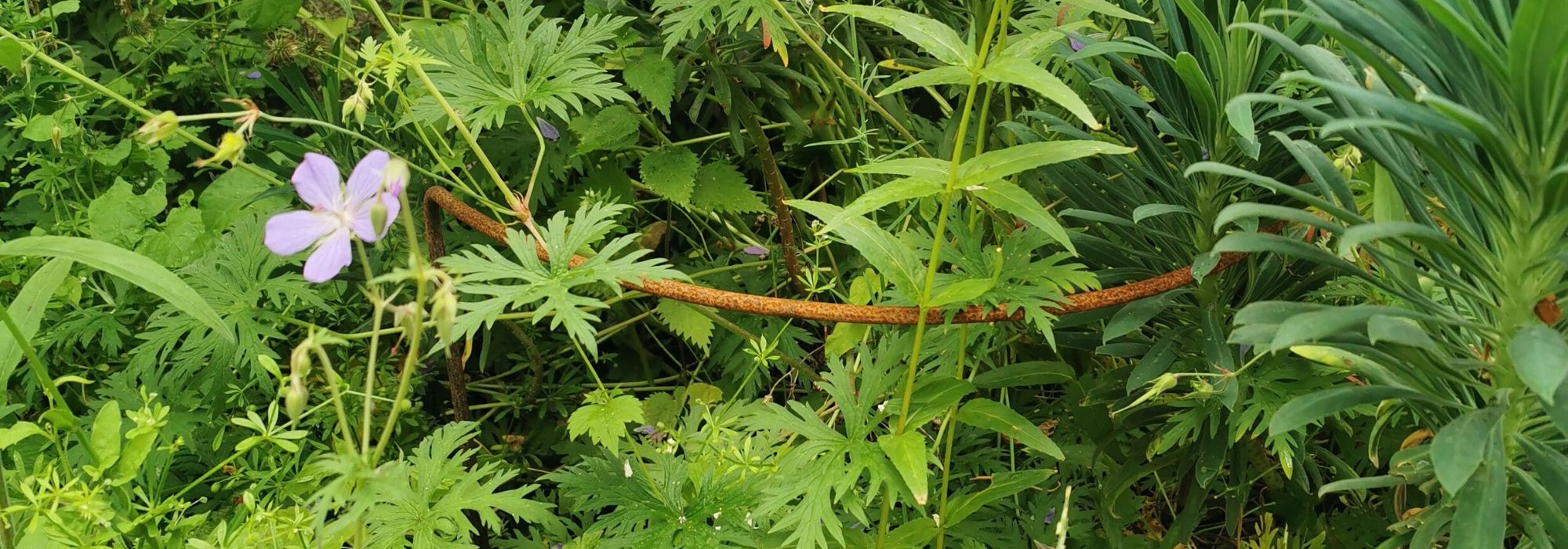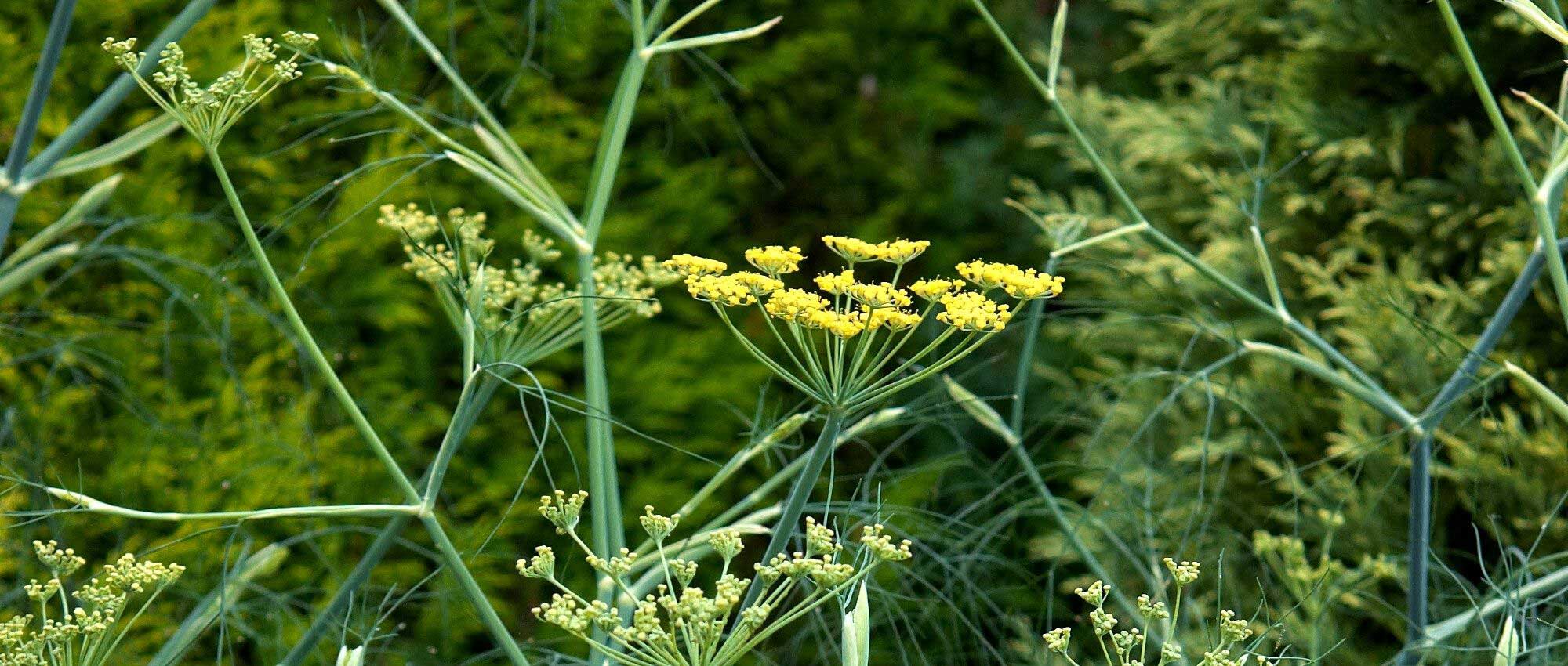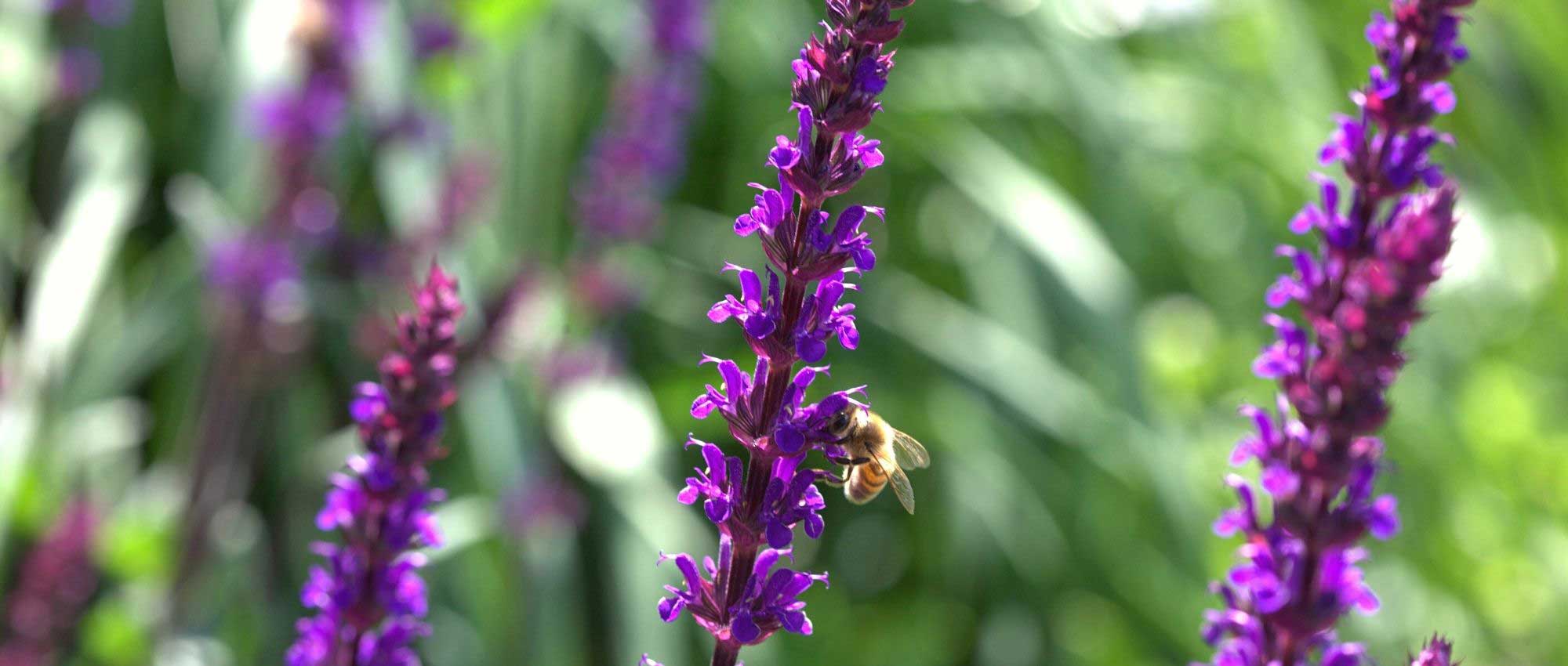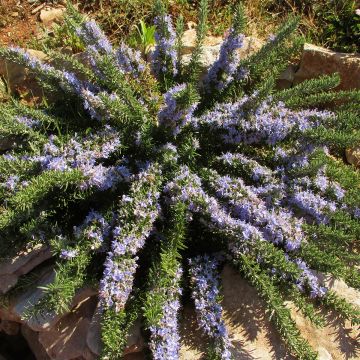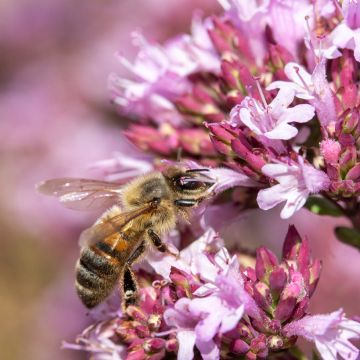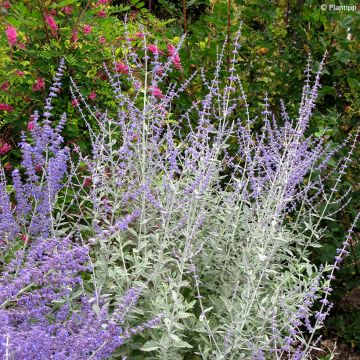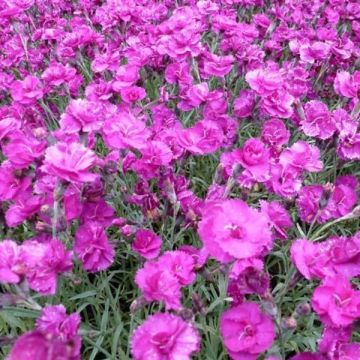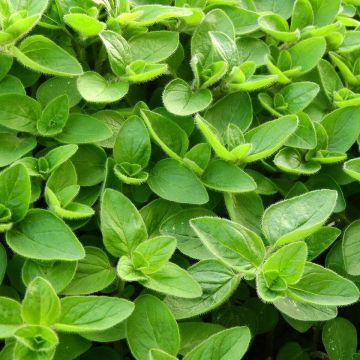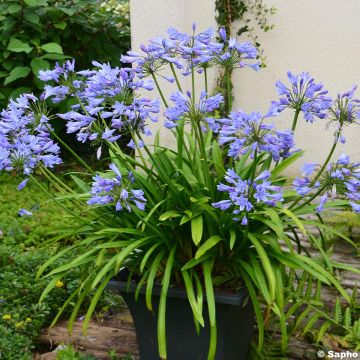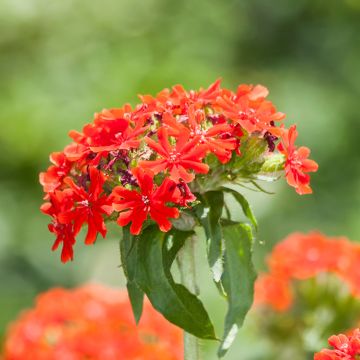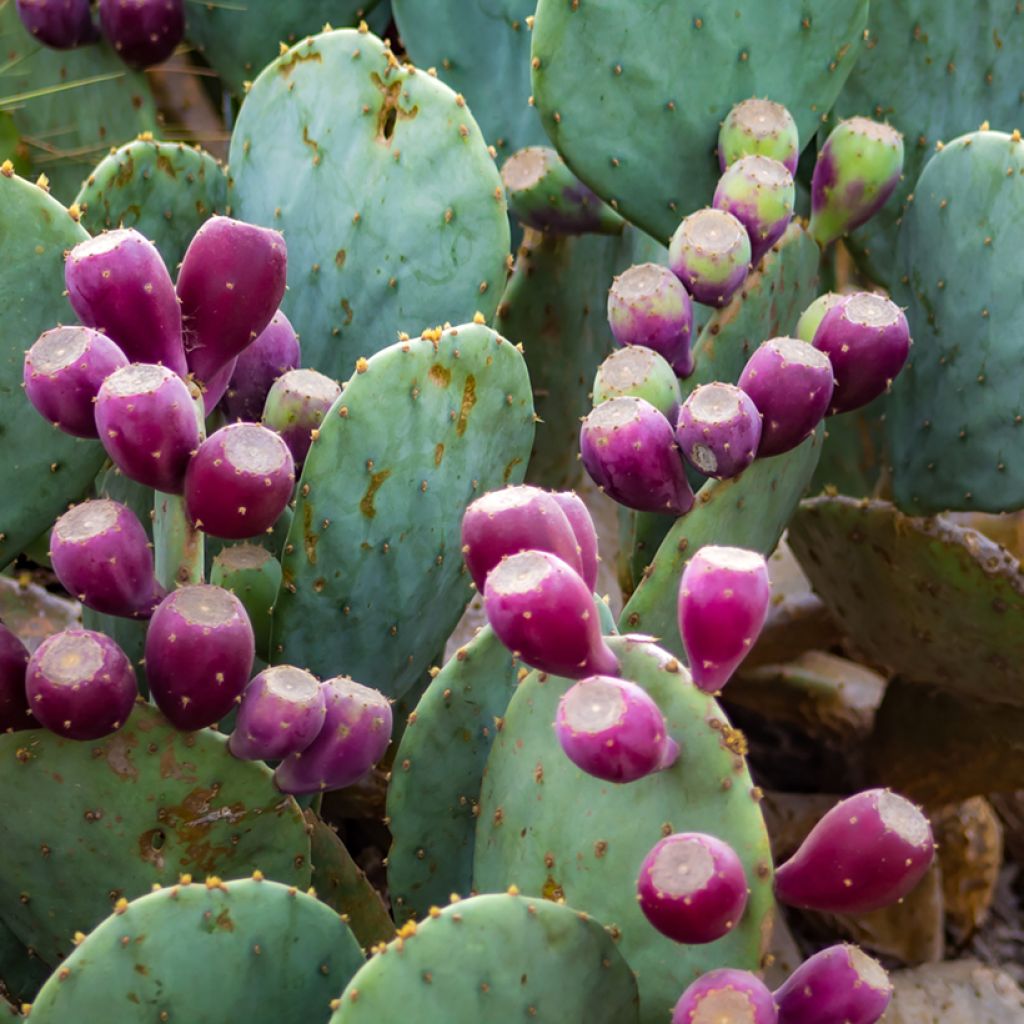

Opuntia gregoriana - Prickly Pear
Opuntia gregoriana - Prickly Pear
Opuntia gregoriana
Opuntia, Prickly Pear
Special offer!
Receive a €20 voucher for any order over €90 (excluding delivery costs, credit notes, and plastic-free options)!
1- Add your favorite plants to your cart.
2- Once you have reached €90, confirm your order (you can even choose the delivery date!).
3- As soon as your order is shipped, you will receive an email containing your voucher code, valid for 3 months (90 days).
Your voucher is unique and can only be used once, for any order with a minimum value of €20, excluding delivery costs.
Can be combined with other current offers, non-divisible and non-refundable.
Home or relay delivery (depending on size and destination)
Schedule delivery date,
and select date in basket
This plant carries a 12 months recovery warranty
More information
We guarantee the quality of our plants for a full growing cycle, and will replace at our expense any plant that fails to recover under normal climatic and planting conditions.
Does this plant fit my garden?
Set up your Plantfit profile →
Description
The 'Opuntia gregoriana is a fairly typical prickly pear in terms of its shape and flowering, but easy to grow in a mild climate in well-drained soil. This vigorous prickly pear forms a dense bush that can reach a good size, made up of round and sparsely prickly pads that are adorned in spring with pretty pale yellow cup-shaped flowers, and then with edible purplish fruits. This plant, which thrives in arid soil, can be grown in open ground, on a slope, or in a large rock garden in mild regions. Elsewhere, it can be grown in a pot and overwintered indoors.
The Opuntia gregoriana, a close relative of the Barbary fig (Opuntia ficus indica), is a succulent plant devoid of true leaves, belonging to the cactus family. This botanical species is native to the mountainous and arid region of Tres Hermanos, New Mexico. Like all prickly pears, its growth consists of a stout "trunk" that lignifies with age, dividing into flat, fleshy, thick branches of fairly uniform size called articles or cladodes. A mature specimen can reach 2m (7ft) in all directions, with a moderately fast growth rate, producing 1-2 new pads per year from spring to autumn. These pads easily orient themselves towards the sun from a young age. Their grey-green surface is adorned with a few large white prickles, surrounded by tiny prickles called glochids, which are gathered in small round tufts and can be very dangerous when handling the plant. Flowering takes place in May-June with several rounded cup-shaped flowers appearing on the edges of the pads, mainly towards their tips. They are a pale lemon yellow colour and have fine, slightly translucent petals. They measure 5 to 6cm (2in) in diameter. The flowers give way to fruits that are heavily covered in glochids and turn purple when ripe. While they are edible, they are less tasty than those of the Barbary fig, Opuntia ficus indica.
Opuntias are part of the "cacti" family with a sharp silhouette, emblematic of the desolate and arid expanses of North America. They naturally find their place in the dry gardens alongside other more traditional bushes, with which they harmonize well. They can be associated with rockroses, lavenders, rosemary, Teucrium, sedums, and euphorbias that thrive in dry conditions. While this gregoriana species is not the hardiest, it can still withstand brief frosts of around -12°C (10.4°F) in well-drained soil, and its cultivation presents no particular difficulties. It can structure exotic or contemporary landscapes, in a large rock garden, on a dry slope, or at the edges of a dry garden, it can also be used in a defensive hedge. In a minimalist flowerbed, it can be combined with hardy agaves (Agave montana, parryi, or havardiana), Nolina (N.hibernica or nelsonii), Hesperaloe parviflora, relatively hardy columnar cacti (Cleistocactus strausii, Cylindropuntia imbricata), with the spaces between the plants filled with small ground covers suitable for dry soil. This plant should be kept away from paths and children due to its formidable spines, and one should also be wary of the tiny, transparent, almost invisible prickles that can easily penetrate our skin and are difficult to remove.
Opuntia gregoriana - Prickly Pear in pictures
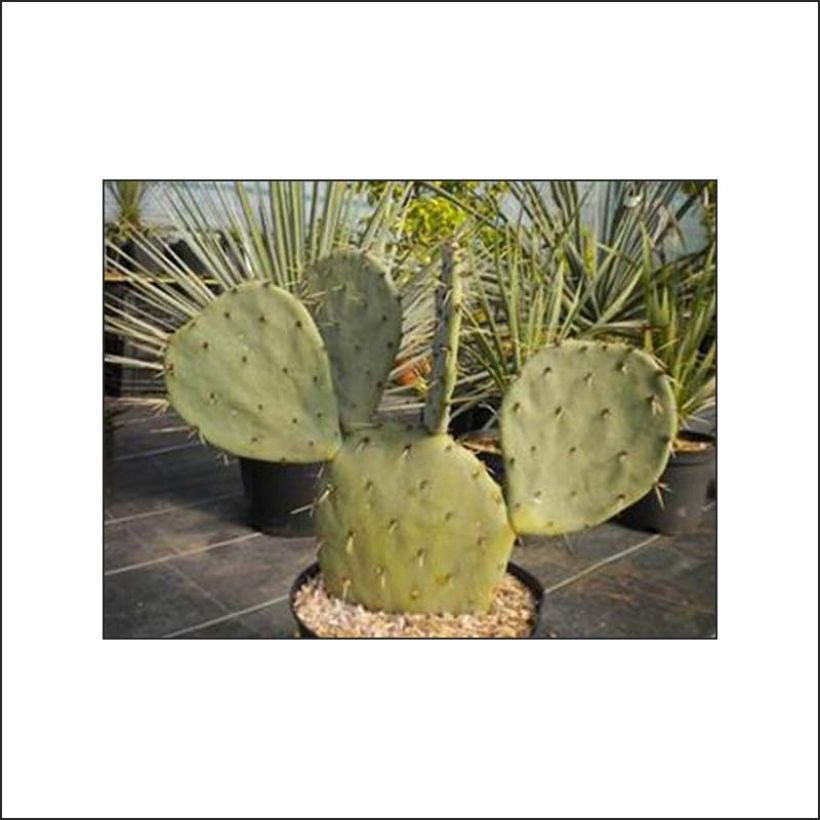

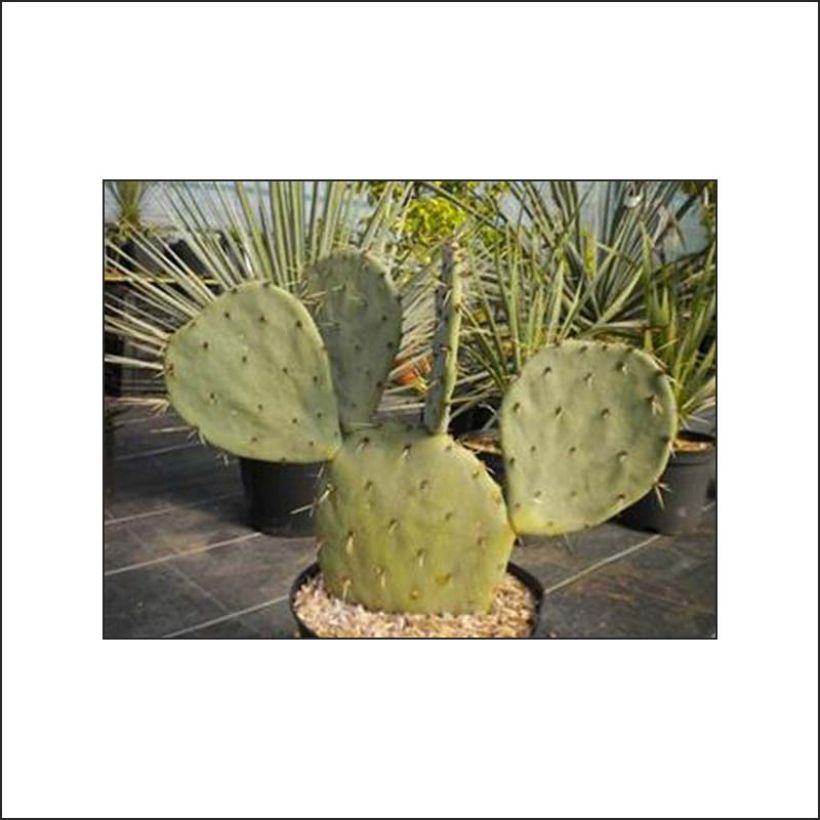

Flowering
Foliage
Plant habit
Botanical data
Opuntia
gregoriana
Cactaceae
Opuntia, Prickly Pear
North America
Other Perennials A to Z
View all →Planting and care
Plant Opuntia gregoriana in spring or early autumn, in full sun or light shade, in hot and dry climates, in preferably poor, even rocky, stony, limestone, sandy, well-drained soil. It tolerates winter humidity combined with cold quite well, but in porous and clay-poor soil, and appreciates dry, even arid soils in summer. It will withstand intense but brief frosts, down to about -12°C (10.4°F), once well established. Its long, numerous, thick roots, which resemble string or small ropes, penetrate deeply into the soil to extract nutrients and water; therefore, growing it in the ground is preferable to obtain a more resistant plant. Growing it in the ground, outdoors, also ensures better vegetation recovery in spring. Its articles, firmly attached to each other, tolerating wind and snow well. They sometimes collapse in winter due to the cold, but "reinflate" in spring. This species also tolerates sea spray and can therefore be grown in coastal regions. It is not known to be susceptible to any pests.
Cultivation substrate: 3/4 potting soil + 1/4 garden soil + organic fertilizer for potted plants. Sandy soil, very stony, clay-poor for cultivation in the ground.
Propagation of the "prickly pear" is easy: take an article at a junction, place it on a cactus-type substrate for a few days, until a healing callus forms. Then, insert the base of the cutting a little deeper into the soil and water regularly. The plant will not flower or bear fruit before the age of 3 years.
Planting period
Intended location
Care
Planting & care advice
-
, onOrder confirmed
Reply from on Promesse de fleurs
Similar products
Haven't found what you were looking for?
Hardiness is the lowest winter temperature a plant can endure without suffering serious damage or even dying. However, hardiness is affected by location (a sheltered area, such as a patio), protection (winter cover) and soil type (hardiness is improved by well-drained soil).

Photo Sharing Terms & Conditions
In order to encourage gardeners to interact and share their experiences, Promesse de fleurs offers various media enabling content to be uploaded onto its Site - in particular via the ‘Photo sharing’ module.
The User agrees to refrain from:
- Posting any content that is illegal, prejudicial, insulting, racist, inciteful to hatred, revisionist, contrary to public decency, that infringes on privacy or on the privacy rights of third parties, in particular the publicity rights of persons and goods, intellectual property rights, or the right to privacy.
- Submitting content on behalf of a third party;
- Impersonate the identity of a third party and/or publish any personal information about a third party;
In general, the User undertakes to refrain from any unethical behaviour.
All Content (in particular text, comments, files, images, photos, videos, creative works, etc.), which may be subject to property or intellectual property rights, image or other private rights, shall remain the property of the User, subject to the limited rights granted by the terms of the licence granted by Promesse de fleurs as stated below. Users are at liberty to publish or not to publish such Content on the Site, notably via the ‘Photo Sharing’ facility, and accept that this Content shall be made public and freely accessible, notably on the Internet.
Users further acknowledge, undertake to have ,and guarantee that they hold all necessary rights and permissions to publish such material on the Site, in particular with regard to the legislation in force pertaining to any privacy, property, intellectual property, image, or contractual rights, or rights of any other nature. By publishing such Content on the Site, Users acknowledge accepting full liability as publishers of the Content within the meaning of the law, and grant Promesse de fleurs, free of charge, an inclusive, worldwide licence for the said Content for the entire duration of its publication, including all reproduction, representation, up/downloading, displaying, performing, transmission, and storage rights.
Users also grant permission for their name to be linked to the Content and accept that this link may not always be made available.
By engaging in posting material, Users consent to their Content becoming automatically accessible on the Internet, in particular on other sites and/or blogs and/or web pages of the Promesse de fleurs site, including in particular social pages and the Promesse de fleurs catalogue.
Users may secure the removal of entrusted content free of charge by issuing a simple request via our contact form.
The flowering period indicated on our website applies to countries and regions located in USDA zone 8 (France, the United Kingdom, Ireland, the Netherlands, etc.)
It will vary according to where you live:
- In zones 9 to 10 (Italy, Spain, Greece, etc.), flowering will occur about 2 to 4 weeks earlier.
- In zones 6 to 7 (Germany, Poland, Slovenia, and lower mountainous regions), flowering will be delayed by 2 to 3 weeks.
- In zone 5 (Central Europe, Scandinavia), blooming will be delayed by 3 to 5 weeks.
In temperate climates, pruning of spring-flowering shrubs (forsythia, spireas, etc.) should be done just after flowering.
Pruning of summer-flowering shrubs (Indian Lilac, Perovskia, etc.) can be done in winter or spring.
In cold regions as well as with frost-sensitive plants, avoid pruning too early when severe frosts may still occur.
The planting period indicated on our website applies to countries and regions located in USDA zone 8 (France, United Kingdom, Ireland, Netherlands).
It will vary according to where you live:
- In Mediterranean zones (Marseille, Madrid, Milan, etc.), autumn and winter are the best planting periods.
- In continental zones (Strasbourg, Munich, Vienna, etc.), delay planting by 2 to 3 weeks in spring and bring it forward by 2 to 4 weeks in autumn.
- In mountainous regions (the Alps, Pyrenees, Carpathians, etc.), it is best to plant in late spring (May-June) or late summer (August-September).
The harvesting period indicated on our website applies to countries and regions in USDA zone 8 (France, England, Ireland, the Netherlands).
In colder areas (Scandinavia, Poland, Austria...) fruit and vegetable harvests are likely to be delayed by 3-4 weeks.
In warmer areas (Italy, Spain, Greece, etc.), harvesting will probably take place earlier, depending on weather conditions.
The sowing periods indicated on our website apply to countries and regions within USDA Zone 8 (France, UK, Ireland, Netherlands).
In colder areas (Scandinavia, Poland, Austria...), delay any outdoor sowing by 3-4 weeks, or sow under glass.
In warmer climes (Italy, Spain, Greece, etc.), bring outdoor sowing forward by a few weeks.






























